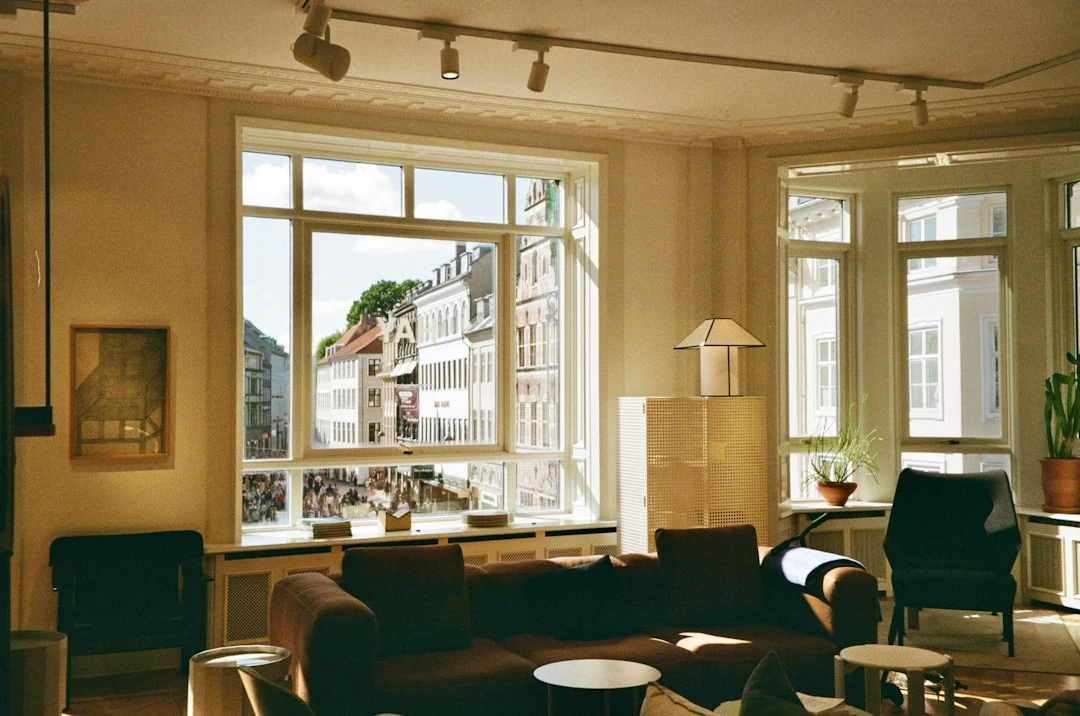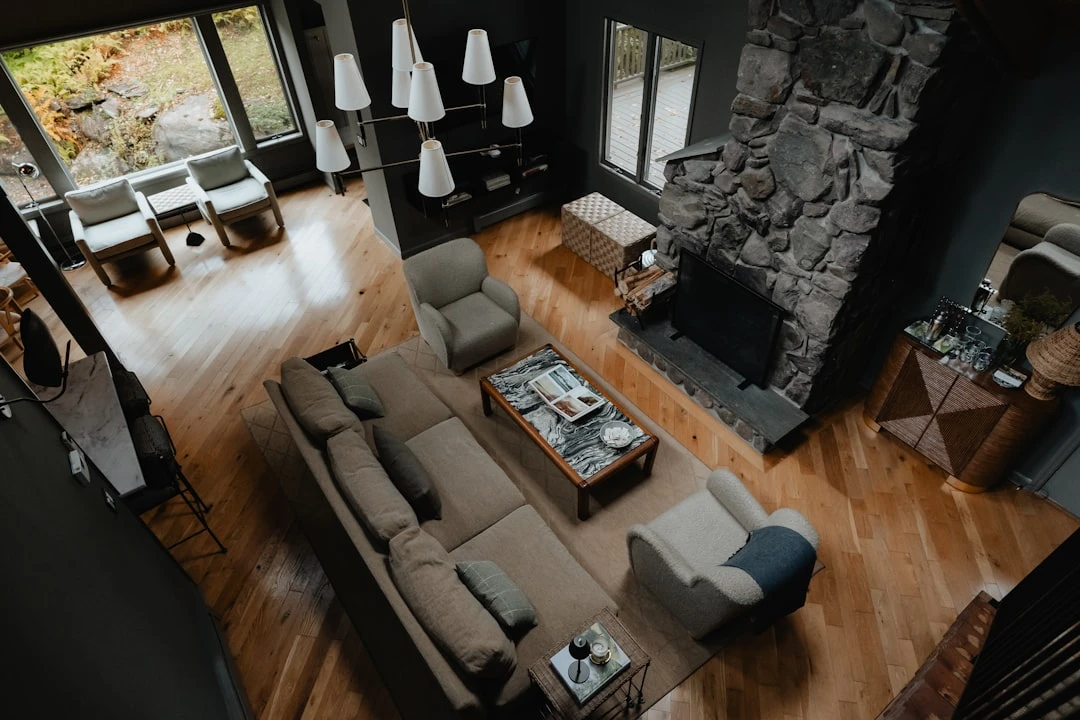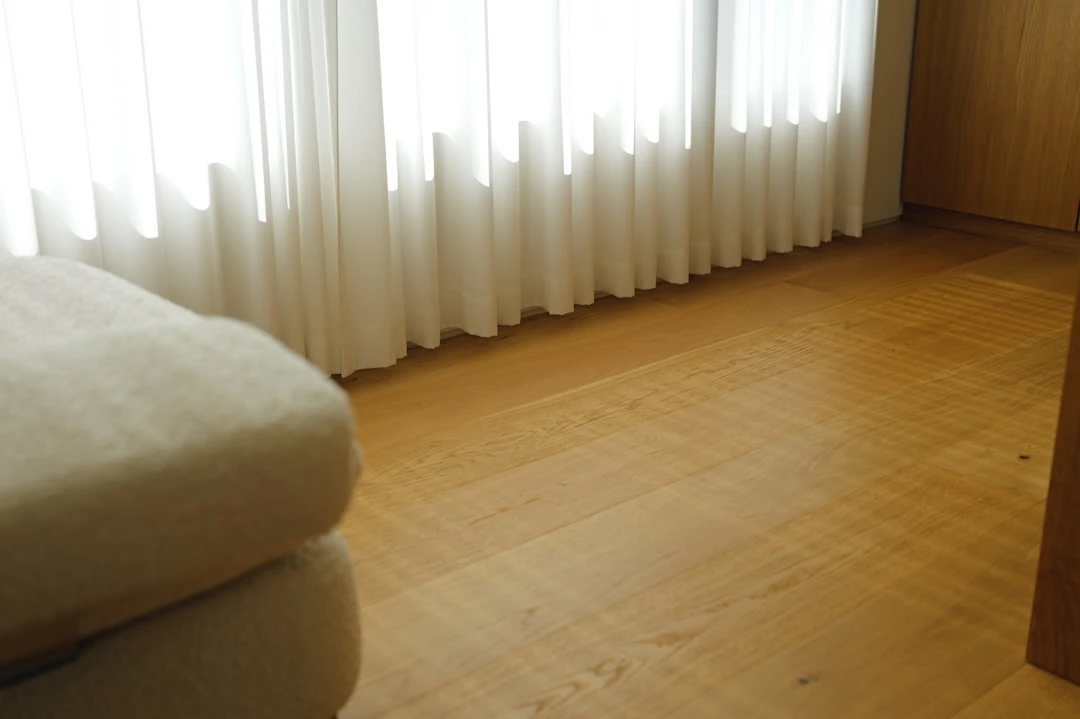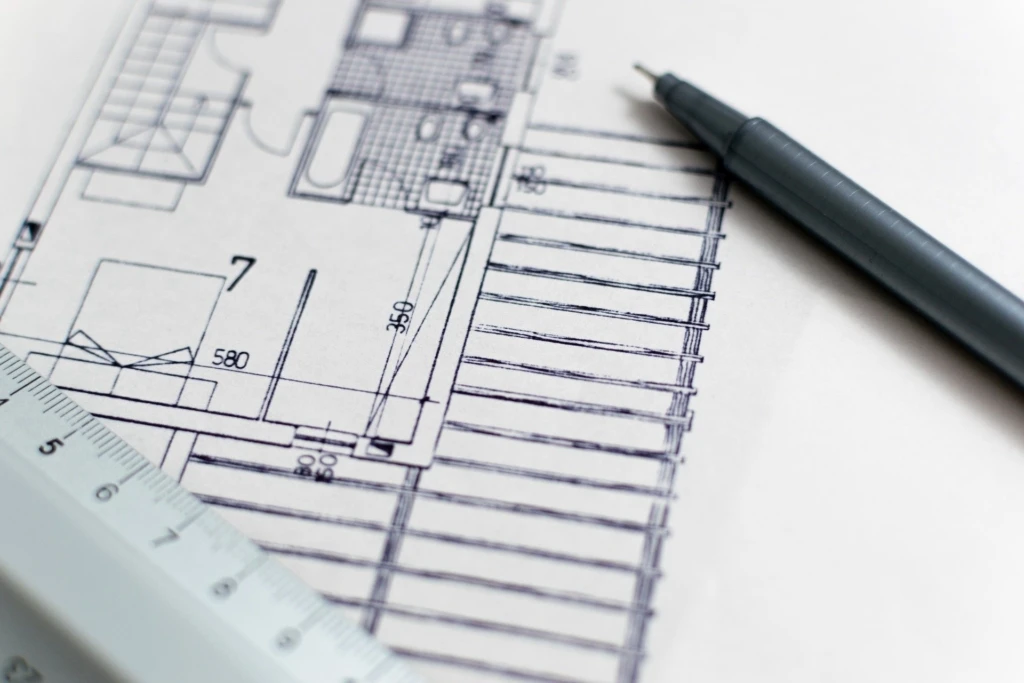How to Create a Home Environment That Supports Mental Wellbeing

Home is more than just a place to sleep and eat – it is a space that should support our mental well-being and balance. In 2025, valuing mental health is more important than ever, as Estonia's Human Development Report confirms that quality of life and mental health have become the top priorities for Estonian people.
But how do you design a home that provides support for our emotional and mental well-being? Let's take a closer look at what elements and habits help create a harmonious home environment.
Maximizing natural light
Light directly affects our mood, sleep quality, and overall well-being. According to Estonia's Human Development Report, contact with nature (including natural light) and well-designed spaces are directly linked to increased mental well-being.
Maximize natural light by opening curtains in the morning, keeping windows clean, and avoiding blocking windows with large furniture. Invest in quality artificial lighting – energy-efficient LED lights provide better light quality and savings, especially after 2023, when fluorescent lights were replaced with LED lights.
Create different lighting zones by combining general lighting, task lighting, and mood lighting to support different activities. During Estonia's long and dark winter period, the right lighting solution shapes our well-being significantly more than in summer.
When searching for real estate, it's definitely worth paying attention to the apartment or house's orientation relative to the cardinal directions – south-facing windows provide more natural light than north-facing ones.
Houseplants and natural elements
Adding plants to your home environment is not just an aesthetic choice, but a direct investment in mental well-being. Bringing natural elements into the home has become an important part of home design for 2025.

Choose plants that purify the air, such as palms, dracaena, and philodendron, which remove harmful compounds from the air. Create your own home green corner by grouping plants together and creating a natural oasis that provides rest for the eyes.
You can practice aromatherapy at home using fragrant plants like lavender, rosemary, and other aromatic plants, which can improve mood and reduce anxiety. In addition to plants, enrich your home with natural materials – wood, stone, and other natural materials in the room strengthen the connection with nature and create a calm atmosphere.
Color choice to support mood
Understanding color psychology helps you deliberately create different moods at home. In 2025 trends, there is a shift towards soft and natural tones that support harmony and balance.
In bedrooms, you should prefer calming blues, lavender, and light green tones that support relaxation and good sleep. For a workspace, yellow and orange accents are suitable, which stimulate creativity, while base tones should remain neutral to avoid overstimulation.
When designing a living room, warm neutral tones promote a cozy environment for social interaction, creating a safe and inviting atmosphere. In the kitchen, you could use energizing tones like yellow or red as accents, which stimulate appetite and create liveliness.
When choosing colors, also consider the size of the room – lighter tones make a room visually larger and more spacious, darker tones make it cozier and more intimate. It is important to find a balance between personal taste and the psychological effects of colors.
Organization and minimalism
Physical clutter can also create mental strain. A minimalist approach to your home doesn't necessarily mean asceticism, but a conscious choice to keep around you only the things that are necessary or bring joy.
Start with small areas – organize one drawer or shelf at a time to avoid feeling overwhelmed and losing motivation. Apply the 6-month rule – if you haven't used an item in six months, consider letting it go by donating, selling, or recycling it.
Create a system where every item has its own fixed place. This reduces the time spent searching and helps maintain order in the long term. When keeping memories, consider digitalization – photos, documents, and other sentimental material take up less physical space in digital form while remaining accessible.
An organized home is not only visually calming, but also helps clarify thoughts and focus on important activities, providing breathing room both physically and mentally.
Sound environment
Sound affects our well-being often unconsciously. Sound insulation and acoustic design are increasingly important from a mental well-being perspective, especially when living in an urban environment.
Invest in sound insulation especially in bedrooms and work spaces, using acoustic solutions such as heavy curtains, carpets, or special wall panels. These help reduce the disruptive effects of external sounds and create a calmer environment.
Create quiet zones at home – designate areas dedicated to enjoying silence and peace, whether it's a reading or meditation spot. To add positive sounds, use nature sounds – water sounds, birdsong, or even specially created ambient music can mask disturbing noise and create a more pleasant sound background.
For music listening or watching movies, think through speaker placement, considering room acoustics to avoid echo and unpleasant sound experiences. Good sound quality enhances the value of the experience and reduces unnecessary stress.
Room layout that encourages movement
Physical activity is closely linked to mental health and well-being. Home design can either support or hinder movement, so it's worth considering activity when designing space.
Leave room for movement, avoiding cluttered spaces where it's difficult to move freely. When designing a home office, think of a solution that supports movement – an adjustable desk allows you to alternate between sitting and standing, reducing the negative effects of prolonged sitting.
Place everyday items consciously so that they require some movement. For example, use stairs as an opportunity to add daily steps rather than trying to conveniently consolidate everything on one floor. Even a small home workout area where you can do yoga or other exercises promotes regular movement and helps relieve stress.
Mindfulness and calm zones
An area specifically designated for awareness and meditation at home helps create a routine that supports mental well-being. In 2025, mindfulness practices have become part of many people's daily lives.
Set aside a specific place for quiet reflection or meditation. This could be a small corner in the living room, bedroom, or even a balcony, as long as you feel comfortable and safe there.

Minimize distractions – keep this area simple and clean, avoiding electronic devices and other attention-grabbing elements.
Add sensory elements that help you focus and relax – a soft pillow, a pleasant scent, or natural elements create a supportive environment. Most importantly, create a ritual by using this area regularly to build a habit that supports your mental well-being in the longer term.
Conscious use of technology
Digital well-being is an integral part of mental health in 2025. Home design should help regulate technology use to avoid constant information overload and the negative effects of digital devices.
Establish technology-free zones at home – for example, the bedroom or dining table could be free from screens to promote quality sleep and meaningful interaction. Create a special charging station, one designated place where all devices charge overnight, which helps prevent constant checking and improves sleep quality.
Pay attention to lighting and blue light control – use warmer-toned light in the evening, which interferes less with the sleep cycle and helps the body switch to rest mode. When using smart devices, use "do not disturb" modes and notification limits, which help create balance between digital and real life.
Social space and sense of connection
Human contact and sense of connection are important components of mental well-being. Home design can promote quality interaction and strengthen relationships, which are an important pillar of mental health.
Create a comfortable guest zone – a living room or dining area that promotes conversation and shared activities. Furniture placement should encourage face-to-face interaction, such as sofas and chairs facing each other rather than all directed at the television.
Design family gathering points – a kitchen table or living room corner where the family can regularly gather to share daily events, play games, or simply spend time together. For communicating with distant loved ones, think of a well-lit and good-acoustics video call area.
Sleep hygiene and bedroom design
Quality sleep is the foundation of mental health. Bedroom design should be aimed at improving sleep quality, creating an environment that promotes good rest.
Limit stimulation in the bedroom by keeping the room simple and avoiding stimulating colors and electronic devices. Temperature control is also important – a cooler bedroom (16-18°C) promotes better sleep and mental recovery.
Ensure adequate darkness in the room by using blackout curtains or, if necessary, a sleep mask. Make an investment that pays off – a quality mattress and pillows support proper body alignment and deeper sleep, which in turn improves daytime well-being and focus.
Choosing a home with mental well-being in mind
When searching for real estate, in addition to the usual criteria, it's worth considering the impact of the living space on your mental well-being. This perspective often changes priorities and helps you find a home that supports long-term well-being.
Check noise levels at different times of day and days of the week to get a realistic picture of the living environment. Research how light enters buildings at different times of year – especially during Estonia's dark winter, natural light is invaluable.
Consider the location's accessibility to natural areas and recreational spots that offer opportunities for stress relief and recovery. Also assess the sense of community and opportunities available in the neighborhood, as a social support network is an important component of mental health.
When searching for apartments or apartments or houses on Kinnisvara24, it's worth paying attention to aspects such as noise and sound insulation, light penetration and cardinal orientation, and the quality and circulation of ventilation systems.
The presence of outdoor space, whether a balcony, terrace, or garden, adds value by allowing contact with nature without leaving home. For new developments, investigate energy efficiency and materials used, which affect both environmental sustainability and residents' well-being.
Summary
A home that supports mental well-being is a consciously designed environment that takes into account the needs of light, color, sound, space, natural elements, and people. In 2025 home design, there is a shift towards a more conscious and holistic approach, where, alongside aesthetics, the impact of the living environment on mental health is increasingly valued.
When finding the right home, it's worth thinking beyond the usual criteria such as location and square footage. Ask yourself whether this home supports your mental well-being and quality of life in the longer term. Kinnisvara24 portal offers a wide selection of homes throughout Estonia, making it possible to find exactly the kind of home that meets your current needs and supports your future well-being.




